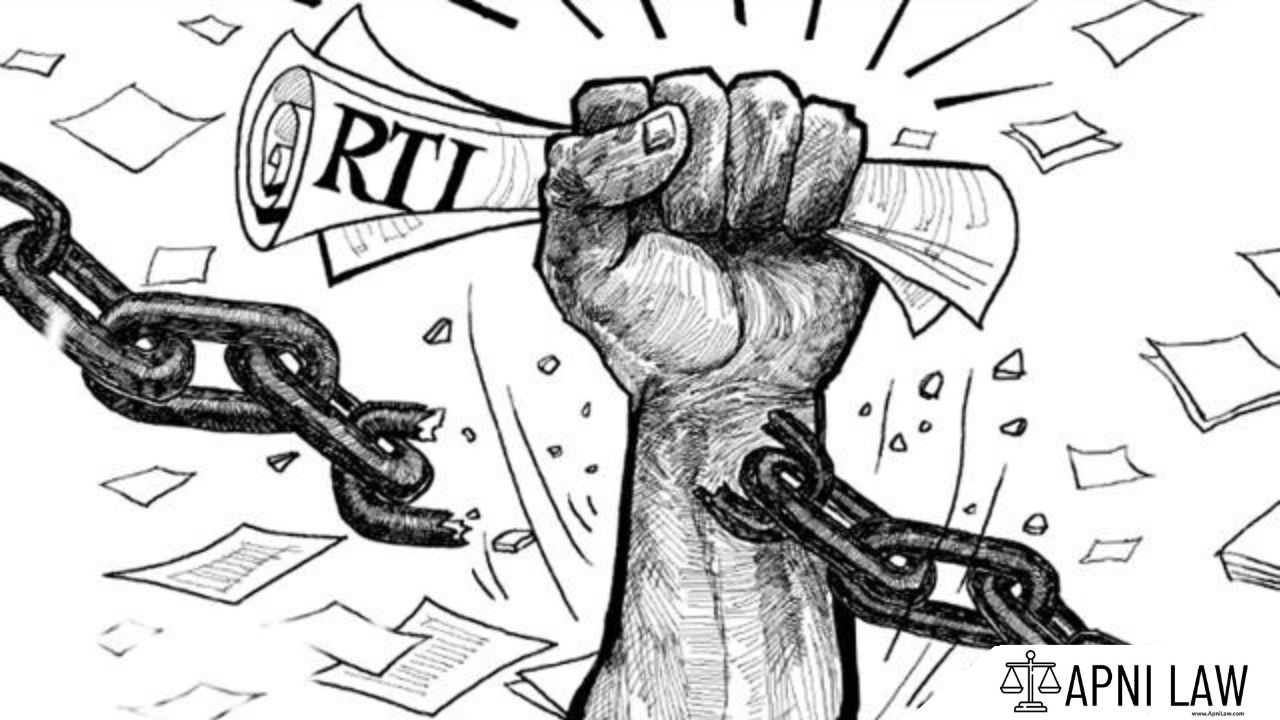Introduction
The Right to Information (RTI) Act, 2005, empowers Indian citizens to access information from public authorities. To implement this law effectively, Section 2 of RTI Act provides clear definitions for terms such as public authority, information, and competent authority. Understanding these definitions is essential for both citizens and public officials. These terms set the foundation for transparency, accountability, and the smooth functioning of the RTI framework. This guide explains each definition in simple, actionable language to help users navigate the Act with confidence.
Definitions Under Section 2 Of the RTI Act
The Right to Information Act clearly defines essential terms for proper interpretation and implementation.
Appropriate Government refers to the authority that funds a public body. If the Central Government or a Union Territory administration provides the funds directly or indirectly, the Central Government is the appropriate government. If the State Government provides the funding, then the State Government is the appropriate authority.
The Central Information Commission is a statutory body established under Section 12(1) of the RTI Act. It plays a key role in handling appeals and complaints related to information access.
The Central Public Information Officer (CPIO) is an officer designated under Section 5(1) to process RTI requests. This also includes the Central Assistant Public Information Officer appointed under Section 5(2).
The Chief Information Commissioner and Information Commissioners are appointed under Section 12(3). They oversee the functioning of the Central Information Commission and ensure public authorities comply with the Act.
Competent Authority
The competent authority varies depending on the institution. In the case of the Lok Sabha or a State Assembly, the Speaker is the competent authority. For the Rajya Sabha or a State Legislative Council, it is the Chairman. In the Supreme Court, it is the Chief Justice of India. For a High Court, it is the Chief Justice of that High Court. In other constitutional bodies, the President or the Governor acts as the competent authority. In Union Territories, it is the Administrator appointed under Article 239 of the Constitution.
The term information includes all forms of material, such as records, documents, memos, emails, press releases, contracts, reports, samples, and models. It also includes information stored electronically and any data about private bodies that public authorities can access under any law in force.
The term prescribed means rules created under this Act by the appropriate Government or competent authority.
A public authority refers to any institution of self-government or body established by or under the Constitution. It also includes bodies created by laws passed by Parliament or State Legislatures, or by a government order or notification. This definition extends to any body that is owned, controlled, or substantially financed by the government. It also covers NGOs that receive substantial funding from the government.
The word record includes documents, manuscripts, and files. It also covers microfilms, microfiches, facsimiles, and computer-generated content or any other device-produced materials.
Access And State Information Commission
The Right to Information gives citizens access to records held by public authorities. It includes the right to inspect work, documents, and records. Citizens can take notes, extracts, or certified copies. They can also request certified samples of material. Information can be received in electronic formats like diskettes, tapes, or video cassettes, or as printed outputs from digital sources.
The State Information Commission is formed under Section 15(1) of the Act. It functions similarly to the Central Commission but operates at the state level.
The State Chief Information Commissioner and State Information Commissioners are appointed under Section 15(3) and ensure RTI compliance in state departments.
The State Public Information Officer (SPIO) is designated under Section 5(1) to handle RTI queries at the state level. The definition also includes the State Assistant Public Information Officer, as per Section 5(2).
A third party means any person other than the citizen requesting the information. It can also include a public authority involved in the matter.
Landmark Case Laws on Section 2 of the RTI Act, 2005
- Delhi Development Authority v. Central Information Commission (2011)
The Delhi High Court held that the term “information” includes all material in any form. This can be data stored in digital or physical format. The court emphasized that a citizen can access even file notings unless specifically exempted. This case expanded the scope of what qualifies as “information.” - Reserve Bank of India v. Jayantilal Mistry (2015)
The Supreme Court ruled that the Reserve Bank of India is a public authority under Section 2(h). It directed the RBI to disclose information about financial institutions, rejecting the argument of fiduciary relationship. This case clarified that even regulatory bodies must provide information unless specifically exempted under Section 8. - Thalappalam Ser. Coop. Bank Ltd. v. State of Kerala (2013)
The Supreme Court held that a cooperative society is not a public authority unless it is substantially financed by the government. The court interpreted “substantial finance” to mean more than nominal aid. This case narrowed the scope of Section 2(h), protecting privately-run cooperatives.
More Case Examples
- Indian Olympic Association v. Veeresh Malik (2010)
The court declared the Indian Olympic Association and national sports federations as “public authorities” under Section 2(h). These bodies received substantial government funds and performed public functions. This case ensured transparency in sports administration. - Sarbjit Roy v. Delhi Electricity Regulatory Commission (2006)
The CIC held that private companies engaged in public services fall under the RTI if they are substantially financed or perform duties on behalf of the government. This case extended RTI’s reach to privatized public services.
Conclusion
Clear definitions under the RTI Act ensure that citizens understand their rights and responsibilities when seeking information. By outlining terms like public authority, record, and third party, the Act removes confusion and promotes transparent governance. Whether you are filing an RTI request or responding to one, knowing these definitions helps you act within the legal framework. Empower yourself with this knowledge to make the most of your right to information.








